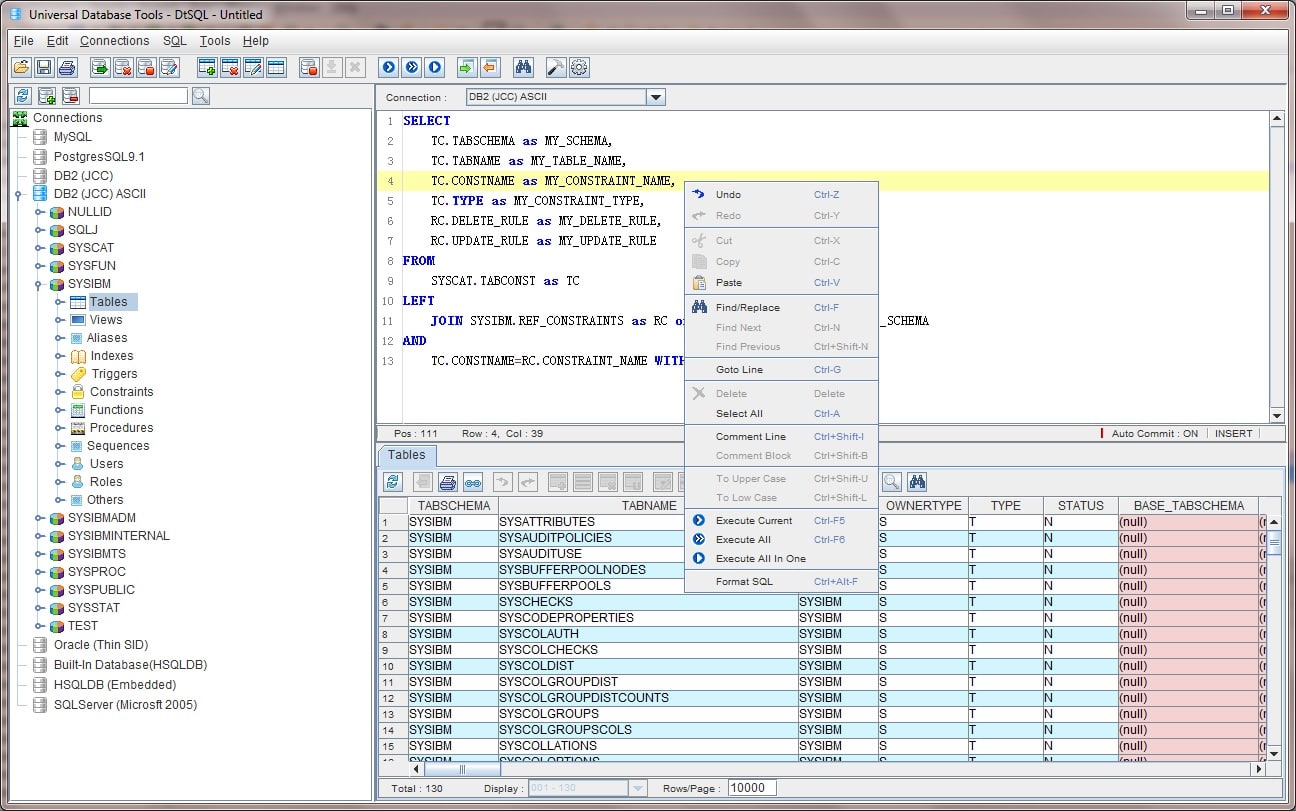
Crisis also had failed to establish a coherent future history for the DC Universe, with conflicting versions of the future. However, this arrangement removed the mechanism DC had been using to deal with the passage of time in the real world without having the characters age in the comics. To address this, they published the cross-universe miniseries Crisis on Infinite Earths in 1985, which merged universes and characters, reducing the Multiverse to a single DC Universe with a single history. Although retcons were used as a way to explain apparent inconsistencies in stories written, editors at DC came to consider the varied continuity of multiple Earths too difficult to keep track of, and feared that it was an obstacle to accessibility for new readers. In order to continue publishing stories of its most popular characters, maintaining the status quo became necessary. Over the years, as the number of titles published increased and the volume of past stories accumulated, it became increasingly difficult to maintain internal consistency. The writers gave designations such as " Earth-One", " Earth-Two", and so forth, to certain universes, designations which at times were also used by the characters themselves. In addition to allowing the conflicting stories to "co-exist", it allowed the differing versions of characters to meet, and even team up to combat cross-universe threats. To explain this, they introduced the idea of the Multiverse in Flash #123 (1961) where the Silver Age Flash met his Golden Age counterpart. Similarly, they had characters such as Batman whose early adventures set in the 1940s could not easily be reconciled with stories featuring a still-youthful man in the 1970s.

For example, they introduced new versions of the Flash, Green Lantern, and Hawkman and many others in the late 1950s, with similar powers but different names and personal histories. Over the course of its publishing history, DC has introduced different versions of its characters, sometimes presenting them as if the earlier version had never existed. However, the majority of National/DC's publications continued to be written with little regard of maintaining continuity with each other for the first few decades.

The universal database of the cosmos series#
The fact that DC Comics Characters co-existed in the same world was first established in All-Star Comics #3 (1940) where several superheroes (who starred in separate stories in the series up to that point) met each other, and soon founded the superhero team, the Justice Society of America. The concept of a shared universe was originally pioneered by DC Comics (originally known as National Periodical Publications) and in particular by writer Gardner Fox.


 0 kommentar(er)
0 kommentar(er)
